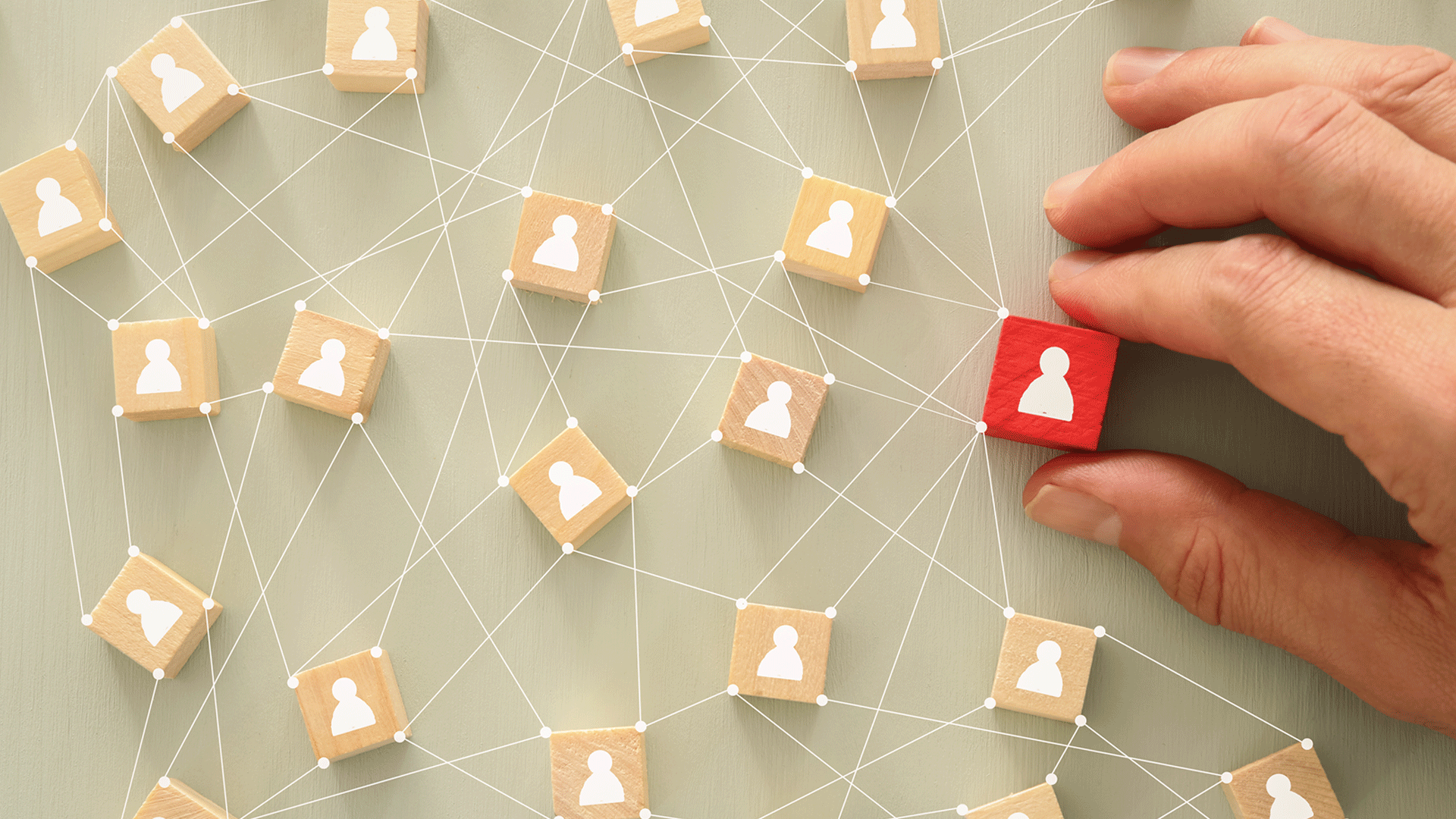How can we apply behavioral economics to the customer journey?

Why do people behave the way that they do? It’s not always an easy question to answer, but it’s important for anyone involved in designing customer service processes. The difference between a great and poor customer experience can be a customer that is lost forever.
In classical economic theories, the consumer is always rational and will take decisions based on the best possible outcome, but life is not really like this. People have biases, limited time, poor information, loss aversion, and many other behavioral traits that influence their decisions.
This reality check on “homo economicus” and the classical view of how economic systems work is often called behavioral economics. This is a field that explores the psychological, cognitive, emotional, cultural, and social factors that influence the decisions of individual people (or institutions) and how these decisions can diverge from what might traditionally be called rational.
So we need to explore a model of how consumers reach rational decisions when their baseline for making a decision may be flawed - that’s real life. Some of the cognitive effects studied in behavioral economics have a clear application in the design of improved customer journeys:
• Anchoring: basing a decision or feeling on a specific anchor. For example, if you go to see a theater show expecting it to be bad, because you read some poor reviews, but it is actually enjoyable then it will feel far more enjoyable than if you had neutral expectations. A lot like enjoying the sun more than usual because the weather forecast said it would rain.
• Herding: people often follow the behavior of others and can feel very uncomfortable if their behavior differs from the crowd and stands out.
• Framing: stereotypes or anecdotal evidence can frame a statement and give it substance without real evidence.
• Present bias: people prefer to have something now rather than later. This is very clear with addictive substances. We know that smoking and drinking is bad for our health in the long term, but in the present it feels good so we continue to ignore the future.
• Confirmation bias: consumers often suffer this bias when using social networks. They only listen to news or information that confirms their existing view - anything else is filtered out or blocked, creating echo chambers only supporting and confirming what they already believe.
• Familiarity bias: we like familiar people, objects, places, and brands and are often wary of trying something new.
Think about a customer journey. It begins with an initial awareness of a product then matures as the customer learns more about the product and becomes interested enough to request more information and even make a purchase. Then there may be follow-up interactions and hopefully the customer begins to start building a long-term relationship with the brand.
At each interaction, there will be several areas of behavioral economics that can be applied to make the customer more comfortable. I have only mentioned a few of the theories within a very broad subject, but it’s clear that many areas apply. Can you make your brand feel more familiar faster? Can you present your brand in a way that reinforces the consumers’ confirmation bias? Can you demonstrate that others support your brand and therefore the customer should give you more attention?
This is a field that is rich in data and theories and I believe it has not been applied often enough to the entire customer journey. It’s time to consider how we can use these tools to support customers and the brands they love.
First published on LinkedIn by Jonas Berggren, February 16, 2021